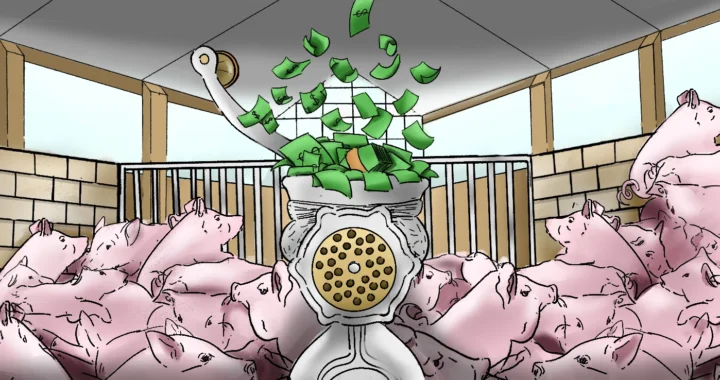The Impact of Gender Stereotypes on Children’s Future and Aspirations

Photo by Freepik
Children’s dreams should be shaped by their passions, not limited by traditional gender expectations. Yet, around the world, gender stereotypes continue to shape how boys and girls view themselves and what they believe they can achieve. These stereotypes limit children from pursuing their interests and future careers.
Understanding Gender Stereotypes in Childhood
Gender stereotypes are oversimplified beliefs about the roles and traits of men and women that can restrict individuals’ freedom to pursue their goals and develop their full potential. These stereotypes can influence how children think about their strengths, limiting their future dreams.
Research shows that children are aware of gender roles as early as age two or three. By age four or five, many already hold strong beliefs about what is “appropriate” for their genders. For example, boys are encouraged to be brave and adventurous, while girls are taught to prioritize appearance and caregiving roles.
Gender stereotypes in childhood often arise from societal norms, cultural traditions, and media influence. Many toy companies still market products based on gender, encouraging boys to play with action-focused toys and girls with caregiving or beauty-themed ones.
In schools, teachers may unintentionally treat boys and girls differently, by praising boys for being assertive and expecting girls to be quiet. Parents also contribute by guiding children’s activities based on traditional gender expectations, unaware of the long-term impact on their development.
Limiting Children’s Aspirations
Gender stereotypes significantly influence children’s career choices and personal interests. In STEM fields, for instance, girls are underrepresented due to societal beliefs that label science and engineering as “male” domains. A UNESCO report reveals that women make up the majority of STEM graduates in only 9 out of 122 countries, with notable representation in some Arab States.
Similarly, boys are often discouraged from pursuing caregiving roles or artistic interests, as these are seen as “feminine” professions. Nursing, for example, is traditionally regarded as a woman’s profession. It has low male representation globally, including just 8.5% in New Zealand and under 11% in countries like the US, Australia, and Chile.
Breaking the Cycle of Gender Stereotypes
To break the cycle of gender stereotypes, parents, teachers, policymakers and media play a crucial role in promoting gender equality.
Parents can encourage children to explore a wide range of interests and provide toys and materials that are not restricted by gender stereotypes. Teachers and schools can help break the barriers by using gender-neutral language, ensuring equal participation, and exposing students to diverse role models, such as female scientists or male caregivers.
Furthermore, policy recommendations also call for broader systemic change. The Fawcett Society highlights the need for early childhood educators to receive better training, resources, and funds to support gender-inclusive teaching from the start. Campaigns like Let Toys Be Toys urge brands and publishers to stop marketing products based on gender, helping to break the stereotypes from the commercial sector.
Most importantly, individuals must reflect on and challenge their own unconscious biases because lasting change begins with everyday actions in our communities that foster inclusion and equality for all children and their futures.
Editor: Nazalea Kusuma

If you find this content useful, please consider subscribing to Green Network Asia.
Your subscription will give you access to our interdisciplinary and cross-sectoral insights on sustainability-related issues and sustainable development across the Asia Pacific and beyond, strengthening your personal and professional development while supporting GNA’s financial capacity to continue publishing content dedicated to public education and multi-stakeholder advocacy.
Select Your Subscription Plan

 Developing Financing Initiatives for the ASEAN Power Grid
Developing Financing Initiatives for the ASEAN Power Grid  Imparting Actionable Knowledge Through Sustainability Training Activities
Imparting Actionable Knowledge Through Sustainability Training Activities  Stop Funding Factory Farming in Vietnam: Pathway to Financing a Just and Sustainable Food System
Stop Funding Factory Farming in Vietnam: Pathway to Financing a Just and Sustainable Food System  When Green Turns Excessive: The Overproduction and Overconsumption of Reusables
When Green Turns Excessive: The Overproduction and Overconsumption of Reusables  SDG Venture Scaler Aims to Drive Sustainable Investment in Southeast Asia
SDG Venture Scaler Aims to Drive Sustainable Investment in Southeast Asia  Improving Primary Education in Central Asia
Improving Primary Education in Central Asia